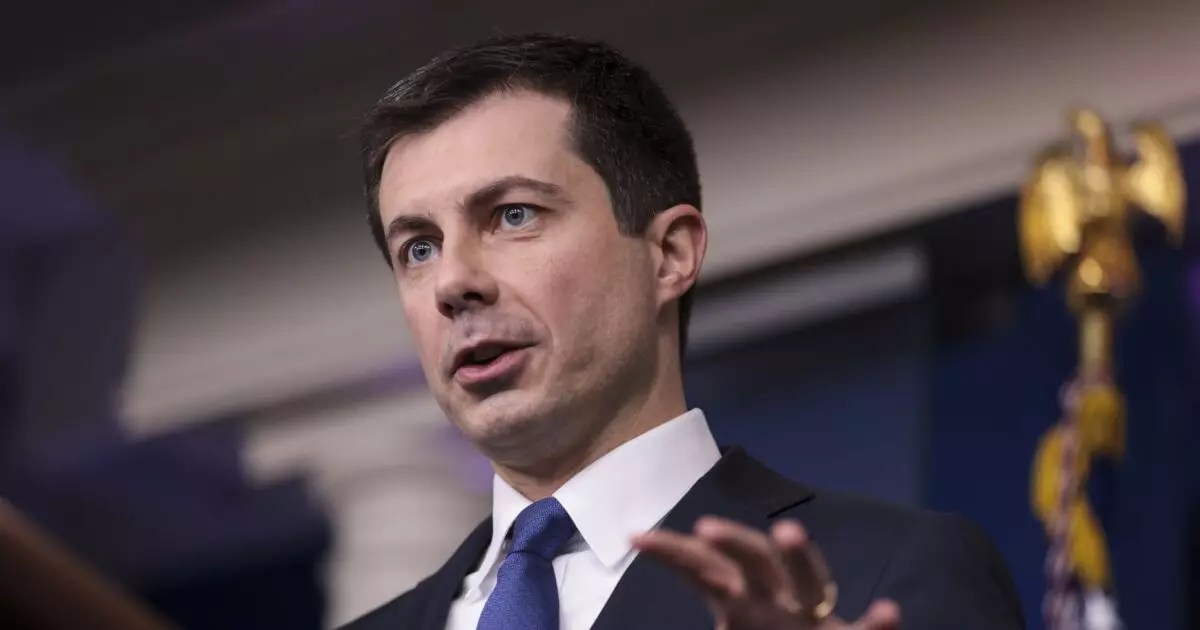The announcement of a substantial $2.4 billion investment in 122 rail projects across 41 states and the District of Columbia by the U.S. Department of Transportation (DOT) is an important step in revamping the nation’s rail infrastructure. While proponents herald this as a significant advancement in both job creation and community development, a deeper analysis reveals a complex landscape fraught with political uncertainties and long-term sustainability issues surrounding such large-scale funding initiatives.
U.S. Transportation Secretary Pete Buttigieg emphasized that this funding is made possible through the Bipartisan Infrastructure Law (BIL), which aims to enhance job creation, reduce consumer costs, and bolster community benefits. However, framing this initiative merely as a triumph of bipartisanship glosses over the inherent challenges associated with its implementation. While it is commendable that the BIL directs funds toward establishing stronger supply chains and safer freight movement, the continuous questioning regarding the efficiency and future viability of such projects raises serious concerns about whether these investments will yield the desired outcomes.
Secretary Buttigieg’s affirmation that the program is on schedule must be taken with caution. Historical precedents point to the often-sluggish pace of infrastructure projects in the U.S., which can be hindered by bureaucratic red tape and shifting political priorities. The angst expressed by Congressional members regarding the BIL’s efficacy is not unfounded; the apparent gap between policy formulation and execution can undermine public confidence and future funding initiatives.
An interesting aspect of the funding allocation is its priority for smaller, short-line railroads under the Consolidated Rail Infrastructure and Safety Improvements Program (CRISI). While this focus can rejuvenate local economies and foster regional development, it runs the risk of fragmenting the overall strategy for rail modernization. By channeling funds into numerous smaller projects, there could be a lack of cohesive national planning, leading to disconnected improvements that fail to accumulate into a robust rail network.
Moreover, the ongoing project in Springfield, which aims to connect St. Louis and Chicago, exemplifies potential complications in planning and execution. Although this initiative secured significant funding, delays caused by complex logistical challenges illustrate the risks inherent in such extensive construction efforts. The recurring necessity for reallocation or denial of funding based on project timelines can instigate apprehensions regarding the feasibility of future large-scale projects under the BIL.
The contradictions surrounding bipartisan support delve into the political landscape, and current trends suggest a rather precarious future for infrastructure funding. A report from Hilltop Securities highlights the anticipated political challenges that U.S. infrastructure may face, regardless of the upcoming election results. These discrepancies can induce uncertainty not only for lawmakers but also for stakeholders and communities that rely on rail improvements for economic vitality.
The Biden Administration’s significant infrastructure spending has indeed made headlines, yet a growing investment gap poses a threat to progress. With property concerns mounting over the sustainability and continuity of funding post-elections, the specter of stalled projects and reverted investments looms larger.
In summation, while the infusion of $2.4 billion into rail projects is a commendable initiative aimed at rejuvenating America’s dated rail infrastructure, it is imperative to recognize the complexities that accompany such endeavors. Future investments hinge not only on the momentum created by the BIL but also on addressing political hurdles and logistical challenges that threaten to derail progress. A successful transformation of the rail system in the U.S. will necessitate a concerted effort to foster bipartisan collaboration, ensure efficient project execution, and prioritize strategic planning. Only then can we hope to cultivate a rail network that meets the needs of an evolving society and economy.


Leave a Reply